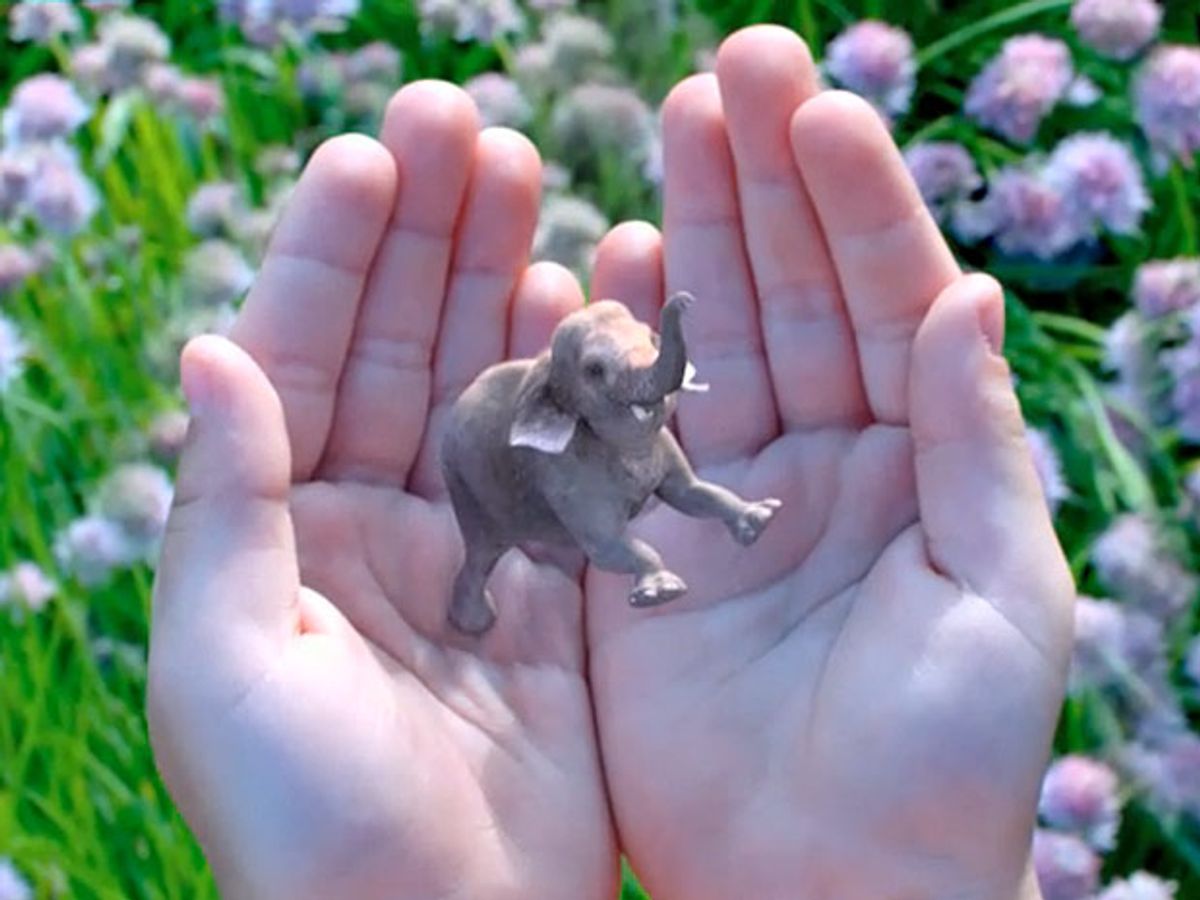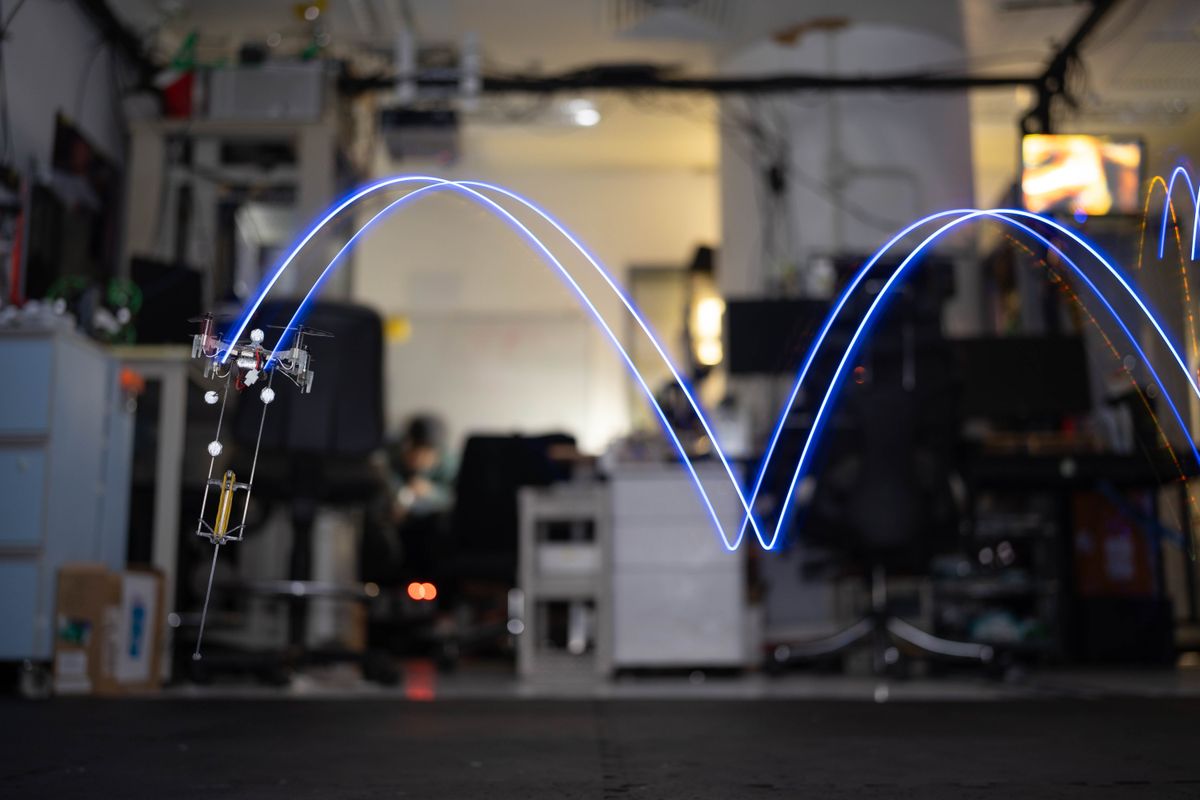Unless you completely missed the tech news last month, you know that a stealthy Florida-based startup, Magic Leap, got a $542 million infusion of capital—much of it from Silicon Valley investors, led by Google.
Magic Leap also appears to have been collecting Silicon Valley engineers, and appears likely to continue doing so.
Magic Leap was founded by biomedical engineer Rony Abovitz. The quirky Abovitz makes for good press: according to New York Magazine he’s dabbled in cartooning, plays in an indie-rock band, accidentally got a CNN executive fired, and blogs like “a college philosophy major who hit the bong a little too hard.” But he’s also got a serious track record: he sold a previous startup, Mako Surgical, for $1.65 billion. (Mako produces a robotic arm for use in orthopedic surgeries, along with a line of orthopedic implants.)
Magic Leap first started hitting the press back in July, when John Markoff wrote about the company in the New York Times. According to Markoff’s article, the cool thing about the company’s “cinematic reality” technology (Abovitz eschews words like augmented reality or virtual reality) is its potential to eliminate the motion sickness (a.k.a. simulator sickness), headaches, and fatigue suffered by a significant subset of people—like me—when using today’s virtual reality technology. Markoff explained that Magic Leap intends to use digital light field technology to provide better depth information than today’s stereoscopic 3-D. That’s the approach to collecting visual data used in Lytro’s digital cameras; projection versions have been demonstrated by Nvidia and the MIT Media Lab. It considers the individual rays of light bouncing off an object (or generated by a virtual object), measuring the intensity and direction of each, not simply just recording the final image they produce.
When Magic Leap’s big funding announcement was made in October, however, the buzz was not about eliminating motion sickness in virtual reality, but about something a lot broader and nondescript. The company, Abovitz said at the time, is working on “what we believe will be the most natural and human-friendly wearable computing interface in the world,”—something he predicted would be a “new way for humans to interact with computers.” Officially, the approach is “dynamic digitized light field technology,” and the best anyone can figure out is that it will involve some kind of projector beaming images into your eye.
People who have seen the technology are reportedly blown away.
Legendary Pictures CEO Thomas Tull said, “I spent half a day immersed in [their technology], I just couldn’t get the smile off my face.”
Weta Workshop co-founder Richard Taylor, now a member of Magic Leap’s board reported, “It is like a rocket ship for the mind."
Whether it’s this mind-blowing appeal of the technology, or the over-$1-billion valuation of the pre-IPO venture, the company is drawing techies like W.C. Fields’ clever cat who ”eats cheese and breathes down rat holes with baited breath”
In recent months, Magic Leap has hired people who you might not think would be easy to lure away from their current jobs—like Michael Kass, who until a couple of months ago was a senior scientist at Pixar, and had been there for 18 years.
In addition to Kass, a sampling of what seems to be dozens of other recent Bay Area hires has been assembled from social media sleuthing; the company is being very stealthy about its team and other details. The list includes, in no particular order:
• Jean-Yves Bouguet, a member of Google’s founding Streetview team
• Graeme Devine, founder of Santa Cruz’s GRL Games
• Gary Bradski, who helped do the vision system on Stanley, Stanford’s grand-challenge winning autonomous vehicle, and worked at Willow Garage
• Jeremy Leibs, another Willow Garage alum
• Michael Woods, founder of Mountain View toy company E&M Labs
• Gholamreza Amayeh, from image sensor pioneer Foveon
Magic Leap has also picked up folks from Apple, Tessera, Intel, and Amazon’s Sunnyvale research lab. And this is just the beginning of its hiring spree. Magic Leap is looking for engineers with experience in, according to a posting on Bouguet’s LinkedIn page: “3D pose estimation, Visual SLAM, IMU processing, Sensor fusion, Sensor Calibration (camera, IMU,...), 3D modeling, 2D and 3D tracking, Mapping, GIS, Pattern matching, 3D graphics, Machine learning, Human machine interface, Eye tracking and gaze tracking, Gesture recognition, Real time systems, Mobile application development, 3D game design, Unity game engine, Robotics, Cloud computing, FPGA designer, Embedded programming.”
(If you think any of these describe you, Bouguet’s LinkedIn page suggests you contact him directly. Or you can check out the company’s long list—some 70—job openings here.)
Magic Leap founder Abovitz has said that he has no intentions of moving the business from South Florida to Silicon Valley. But while a few of these recent hires have indeed relocated, it’s hard to believe that the bulk of them will. Which perhaps is why Magic Leap has also hired a few experienced Bay Area human resources professionals (It’s hard to believe he couldn’t find qualified HR people in Florida). Could a Magic Leap Silicon Valley Research Center be in the works? If so, there’s a really nice building in Mountain View, recently abandoned by Microsoft, that’s just about the right size.
Tekla S. Perry is a senior editor at IEEE Spectrum. Based in Palo Alto, Calif., she's been covering the people, companies, and technology that make Silicon Valley a special place for more than 40 years. An IEEE member, she holds a bachelor's degree in journalism from Michigan State University.



